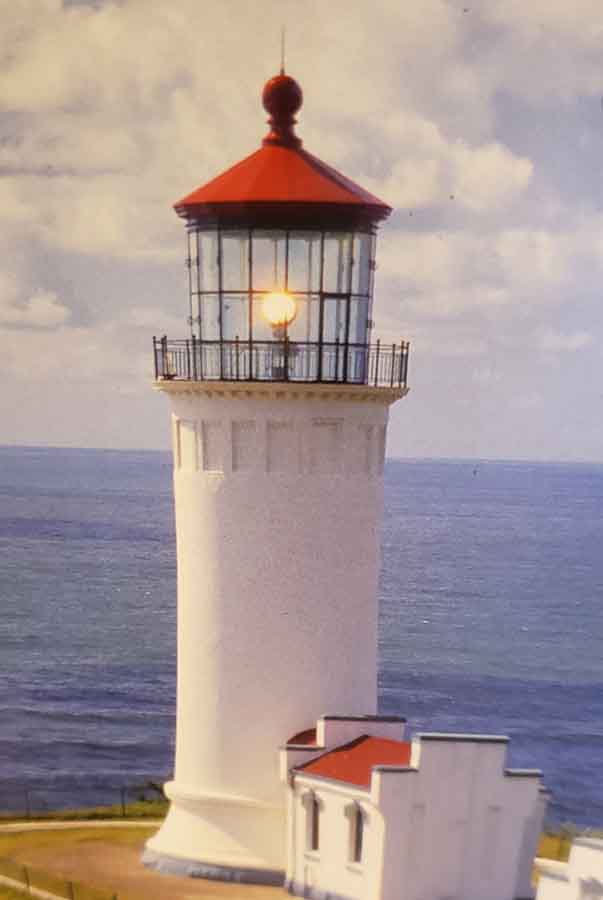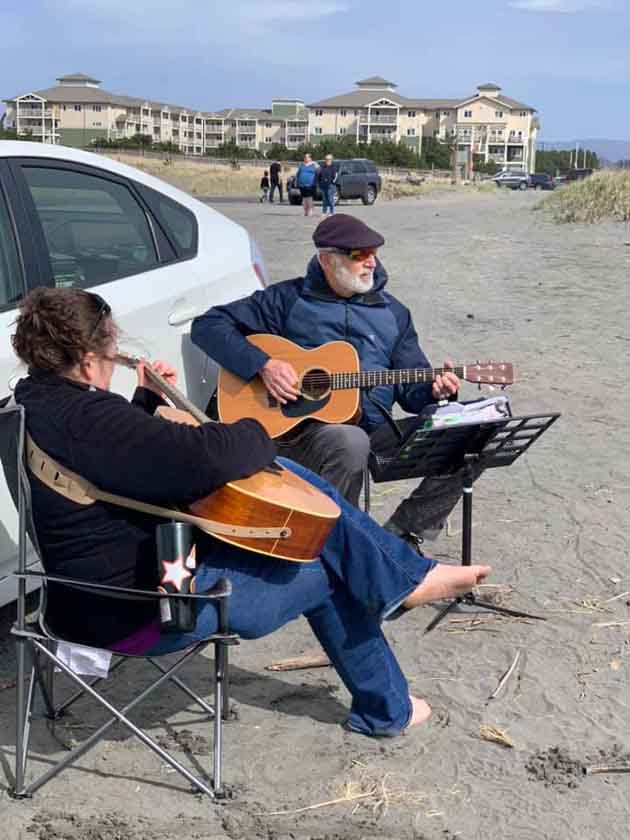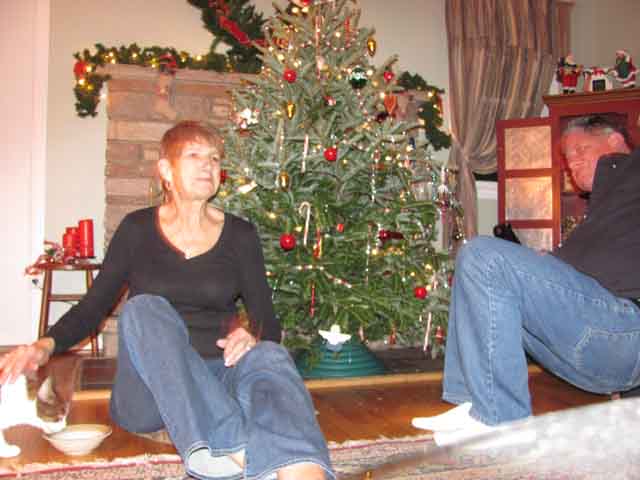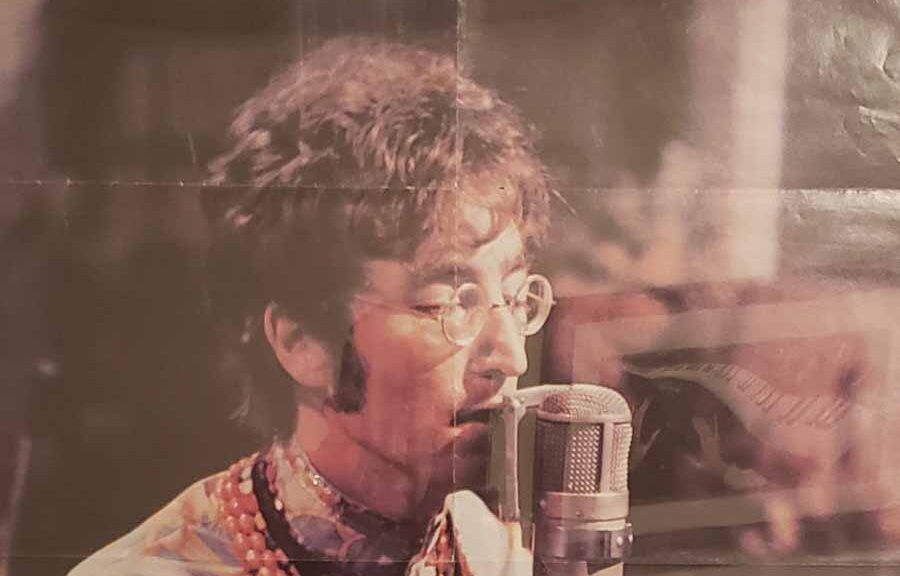Once Alice snaked her right arm around my neck in Doylestown’s Marketplace, I was hooked.
“Oh, here you are, dear,” she cooed loudly. “I’ve been looking all over for you.”
The two “honeys” on the other side of the bar I had been impressing with tales of derring-do emitted muted harrumphs, paid their tab hurriedly and left the building quicker than Elvis. “This guy is married,” they must have thought. “What a cad.” I bet they muttered more explicit language under their breath.
Alice grinned bigger than a jack o’ lantern; she had me all to herself.
The woman towering over my bar seat measured a full 6’3″. And I was struck by her boldness. All my life, I supported women becoming emancipated; finally at age 67, I met one. It was put up or shut up time; otherwise, I was a fraud.

That’s how I met Alice McCormick on September 24, 2010. One year later, on September 24, we committed to one another utilizing a guide for gay and lesbian couples to demonstrate support for same-sex couples. Our commitment became a solemn promise, because an Apache prayer recited by Danawa Buchanan, self-appointed chief of the Allegheny Cherokee, made it so. The ceremony was guided by David DiPasquale, an interfaith minister with the township’s Pebble Hill Church.
Alice had a rough life, but SHE DANCED ON BANDSTAND. That’s all I needed to know. It didn’t matter she danced in the back row in ABC affiliate’s Philadelphia studio. Because of her Amazon-like height, whenever she bopped in rhythm with other girls, the TV studio and number of dancers appeared greater than the cramped physical space allowed.
Saying I would be the last man she ever loved, we moved to Oregon (the “left” Coast, we were told) in September 2014, a harrowing journey described elsewhere on this website. Six months afterward, Alice endured a stroke. Unlike the 90 percent of men who leave after their partners suffer a stroke, I stuck around. By comparison, 90 percent of women don’t leave a male partner. Loving is the meaning of the game; it means being around when a stroke survivor needs a friend the most.
Due to our new life in Oregon, later into Washington, Alice quickly became an inspiration for student nurses, administrators, stroke survivors and related care partners. At the Aphasia Network’s spring and summer camps on Garibaldi’s spectacular peninsula, I witnessed how Alice bonded with stroke survivors barely able to speak, encouraging all in a foreign unspoken language.
I fell deeply in love with Alice witnessing how she made friends with anyone who needed her ear. Those who no longer can rely on enunciated speech will substitute sounds, make gestures and point to turn a conversation into two-way communication. Alice knew this intuitively! Even better, she managed me (something men need to curb brutish behavior). I learned to appear brilliant by not saying a word. What a woman!
My time on Earth with Alice was cut short on March 27, 2020, after she suffered her ultimate coronary end. She never became stricken with Covid, an ailment she insisted we shun like the plague, so yes we managed to stay safe.
But now she was gone, and I faced the heartbreaking task of having her precious body cremated. With the help and encouragement of my first cousin, Margaret Johnston, we arranged it. The grief was seismic for Margaret, too. Alice instantly related to Margaret like a true sister.
So how did I manage without Alice? The pandemic was tough enough, but as a former Miami TV/radio/audio-video writer, I found more than enough distractions to get me through. But two questions continued to nag on me, “How should I dispose of Alice’s ashes? And when?”

Alice was attracted to lighthouses, especially the one at Cape May, NJ. During our first visit to Long Beach, Washington, I watched her pulse quicken as we scaled the steep driveway leading to the Cape Disappointment lighthouse. The structure’s revolving lamp possessed majestic candlepower to guide ships entering or exiting the vast Columbia River’s manifest destiny.
It made sense to scatter Alice’s ashes on the Pacific Ocean’s beach north of the lighthouse, ending the continent-ending journey we undertook to escape the hard life she experienced growing up in Philly.
And when? Our commitment ceremony firmly established one year – precisely – as our timeline.
I realized my mission of remembrance seemed foolhardy. After all, the month of March was notorious for serious storms moving parallel to the coastline; nevertheless, I kept moving ahead. There was a slim chance the weather would be benign, since Alice, Margaret and I once enjoyed a 72-degree St. Patrick’s Day on Long Beach. That day, we made faces at one another marveling about Long Beach’s unusual warmth while folks inland were under clouds and cooler. But this time the odds were significantly not in my favor.
Somehow Alice must have prepared our way. Gale warnings were hoisted for Sunday, March 28. But on the day before Saturday, March 27th, the anniversary of Alice’s passing and our precious remembrance, weather conditions on the beach turned serene. Oh sure, it was cool – 50 degrees air temperature, water temperature to match – but the usual gusty wind off the water calmed down to a reasonable 10 miles an hour in advance of an onrushing winter storm.

Six of Alice’s fans from the Aphasia Network had driven out to the Coast to be welcomed for an introductory dinner by my First Cousin Margaret and her friend, Bruce Douglas.

Later, Douglas built a traditionally correct, crackling bonfire – for an after-dinner observance at which we related tales of Alice’s inspiration that mesmerized each of our hearts while she walked this planet.
As we huddled close to the warmth of the talkative fire, John White, a dedicated professor of occupational therapy and semi-professional troubadour, performed songs chosen for the occasion. Two numbers – Leonard Cohen’s “Hallelujah” and John Lennon’s “Imagine” – stood out as I sang along. In Doylestown, Alice had gifted me the sheet music for both songs so I could play them on her basement’s player piano.
While darkness shifted into a protective embrace around our retinue, a full moon glowed above our heads peering down through a thin, steady layer of clouds. No glare; moonlight was glowing blue across the sand! And Alice would love this extra touch; March 27th was Passover!
The good professor performed Neil Young’s “Heart of Gold,” a song that speech therapist Jordan Horner inspired Alice to join her in a sing-along, facilitating her recovery at RIO (Rehabilitation Institute of Oregon). White capped off the songlist with Willie Nelson’s song of forbearance, “One Day at a Time:”
“I live one day at a time,
I dream one dream at a time,
Yesterday’s dead and tomorrow’s blind,
I live one day at a time.”
With my voice straining to reach the high notes, thus came the moment to gather the bag with Alice’s ashes, with the purpose of casting them across the waves.

Astonishingly enough, the onshore wind settled down even more, as our sacred gathering padded across the firm, pleasantly cool, beach sand for almost half a mile before our party made its way to the water’s edge at low tide. I looked up to the reassuring full moon, noticing how its blue reflection outlined the incoming waves, on guard for “sneaker waves” known to sweep unsuspecting visitors out to sea.
As my guests kept watch, I didn’t have to walk far into the water until I was up to my knees. I opened wide the heavy cellophane bag, turning it upside down, and saw Alice’s remains sweep slightly toward shore, until the breeze succumbed into a dead calm. Then her ashes dropped vertically to surround my legs. This wind was unpredictable!
Suddenly, I became thunderstruck by the culmination of a sacred mission; how did I manage this feat so deliberately without pausing? Without any doubt?
Everyone gave me a pat of congratulations as I emerged from the water, but I barely felt their happy hands. I was oblivious to White, who sang softly while walking the full distance playing his guitar. I focused my attention to the four forces of nature that gathered together this special night: water, air, earth and fire. What could have been more perfect for Alice’s remembrance than the environment Creator set?
As another chill encouraged our party to head off quickly toward the bonfire, leaving me straggling behind, something amazing happened.
While staring at the ground to ensure safe passage, I felt a warm breeze from shore envelop me, an answer from the seabreeze, another reassuring shift from one to the other, until suddenly I felt thrust into a mist-shrouded vortex that seemed to circle into the heavens above. What a bizarre occurrence!
I sloughed it off as nothing to remember.

Three days later, though, while at a doctor’s appointment, the attending nurse kept me later than usual.
Why? Because my heart was racing so fast she feared for my safety.
I had to tell her why. I realized the mist-shrouded vortex reaching heaven-bound three days ago was Alice’s embrace from a parallel universe, as she welcomed her Star Journey. Tears flooded my face, and I heard Alice’s voice call out, “Thank you.”
Her cry of appreciation infused the awareness that I had fulfilled her ultimate dream: moving the two of us to the West Coast into an area eminently inhabitable. What glories I was gifted! To love a woman like Alice? A woman who could love me, and moved heaven and Earth, not just for me but for members of Portland’s Aphasia Network as well?
The more I know, the more I realize what I don’t know. But one thing is for sure.
I will sing praises to Alice McCormick forevermore, because on March 27th, 2021, I experienced an unabashed encounter with eternity. It was a lovely remembrance.





















